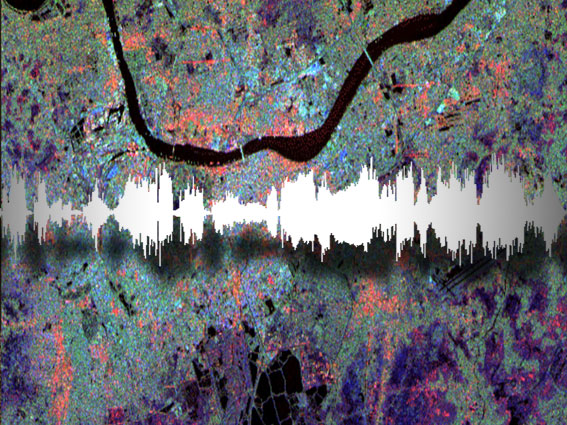Official Language: India
Home Speakers: Fiji, Mauritius, Suriname, Nepal, South Africa
Background
It belongs to the Indo-European family, Indic branch of the Indo-Iranian group. Hindi is the most widely spoken language of the Republic of India, centered principally in the states of Uttar Pradesh and Madhya Pradesh in the north-central part of the country. Its 275 million speakers rank it as one of the leading languages of the world but it is, nevertheless, understood by only about one third of India’s population. When independence was achieved in 1947, Hindi was chosen as one of India’s national language. Like most of the languages of northern India, Hindi is a direct descendant of Sanskrit. It has been influenced and enriched by Dravidian, Turkish, Farsi, Arabic, Portuguese and English. Hindi and Urdu, the official language of Pakistan, are virtually the same language, though the former is written in the Sanskrit characters and the latter in the Perso-Arabic script. Pure Hindi derives most of its vocabulary from Sanskrit, while Urdu contains many words from Persian and Arabic. The basis of both languages is actually Hindustani, the colloquial form of speech that served as the lingua franca of much of India for more than four centuries. Hindi was originally a variety of Hindustani spoken in the area of New Delhi. Its development into a national language had its beginnings in the colonial period, when the British began to cultivate it as a standard among government officials. Later it was used for literary purposes and has since then become the vehicle for prose and poetry.
Reprinted from www.unhchr.ch/udhr/

